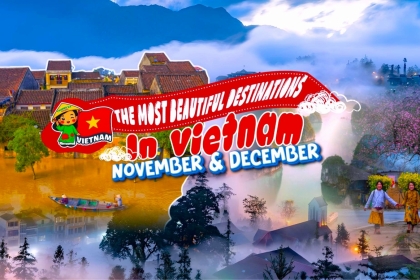Best Time to Visit Vietnam: Weather by Region, Month & Travel Tips (2025 Guide)
You’re planning to explore Vietnam but wondering which month is ideal to fully enjoy the beauty across the North, Central, and South? Don’t worry—the guide below helps you determine the best time to travel in Vietnam by region and personal preference. From golden beaches in the Central region to the cool highlands in the North and the gentle waterways of the Mekong, your trip will be not only convenient but full of memorable experiences.
Best Time to Visit Vietnam: Weather by Region, Month & Travel Tips (2025 Guide)

1. Climate Characteristics of Vietnam
Vietnam lies in the tropical monsoon zone, with average annual temperatures ranging from 22 °C to 27 °C. It has two main seasons:
- Dry season: November to April
- Rainy season: May to October, with heavy rainfall concentrated in Central and Southern regions.
Although entirely tropical, Vietnam’s climate consists of three distinct zones: the North, the North Central Coast, and the South Central Coast. The North experiences hot, rainy summers and cold, dry winters, with transitional spring and autumn. The Central and Southern regions mainly have only wet and dry seasons. Therefore, understanding each region’s climate is key to planning a smooth and fulfilling trip.

2. Best Time to Visit Northern Vietnam
Northern Vietnam—a journey full of cultural heritage and culinary delights. But don’t forget to check the regional climate to ensure your trip aligns with your preferences.
This region features a typical tropical monsoon climate with distinct dry and wet seasons. The best time to visit is March–April and September–November, when you can explore iconic destinations like Hanoi, Ha Long Bay, Ninh Binh, Sapa, Cao Bang, and Ha Giang. Temperatures during these periods are mild and pleasant, allowing you to enjoy cultural heritage, dramatic coastal scenery, and the majestic mountains of the Northwest.
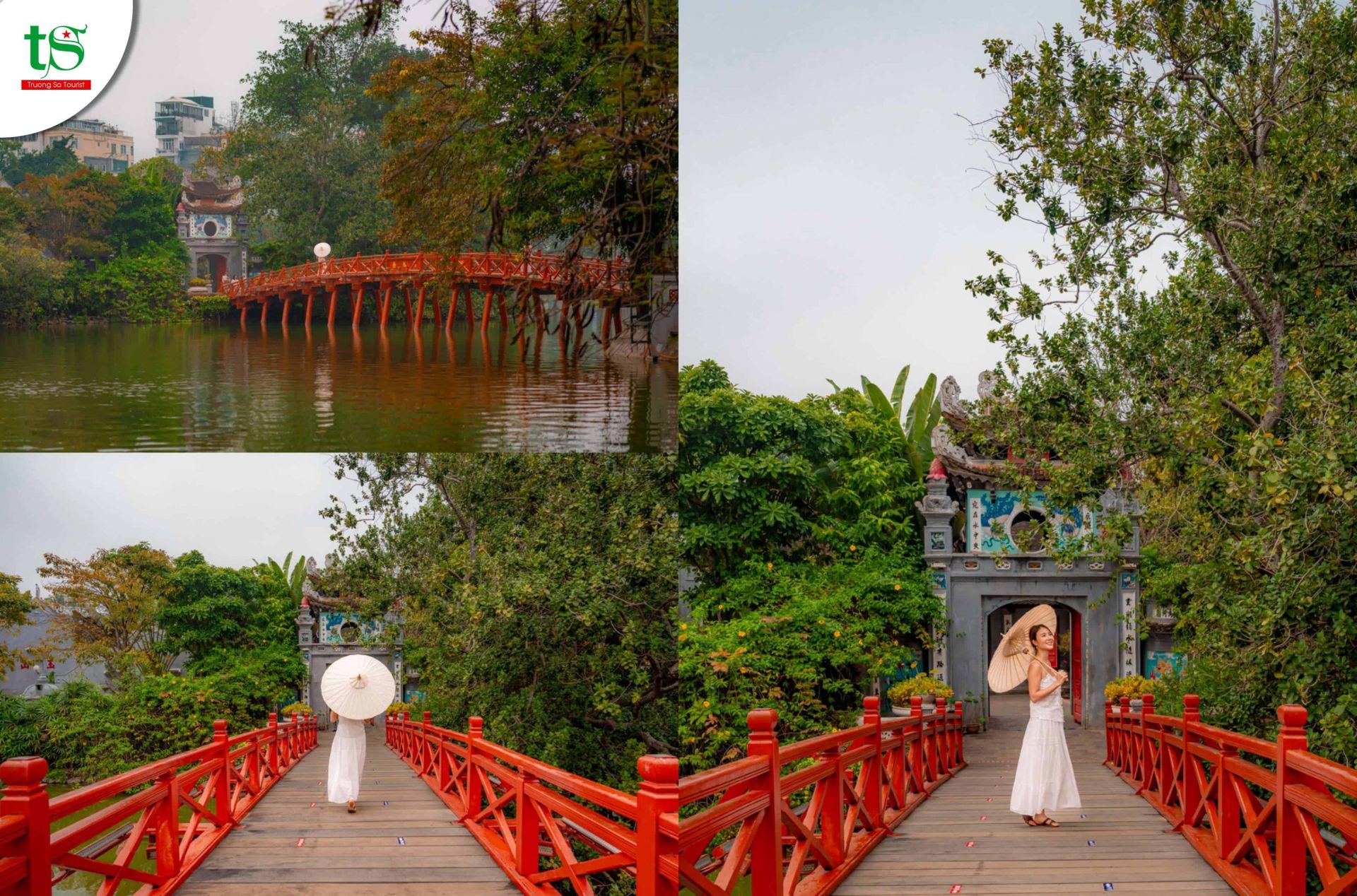
The rainy season in the North lasts from May to October, featuring hot, humid weather and increased precipitation. Due to terrain, temperatures in the North can drop in winter and rise in summer. Here’s a breakdown by season:
- Spring (Mar–Apr): Warm and dry
- Summer (May–Aug): Hot and humid
- Autumn (Sep–Nov): Cool and refreshing
- Winter (Dec–Feb): Cold and dry
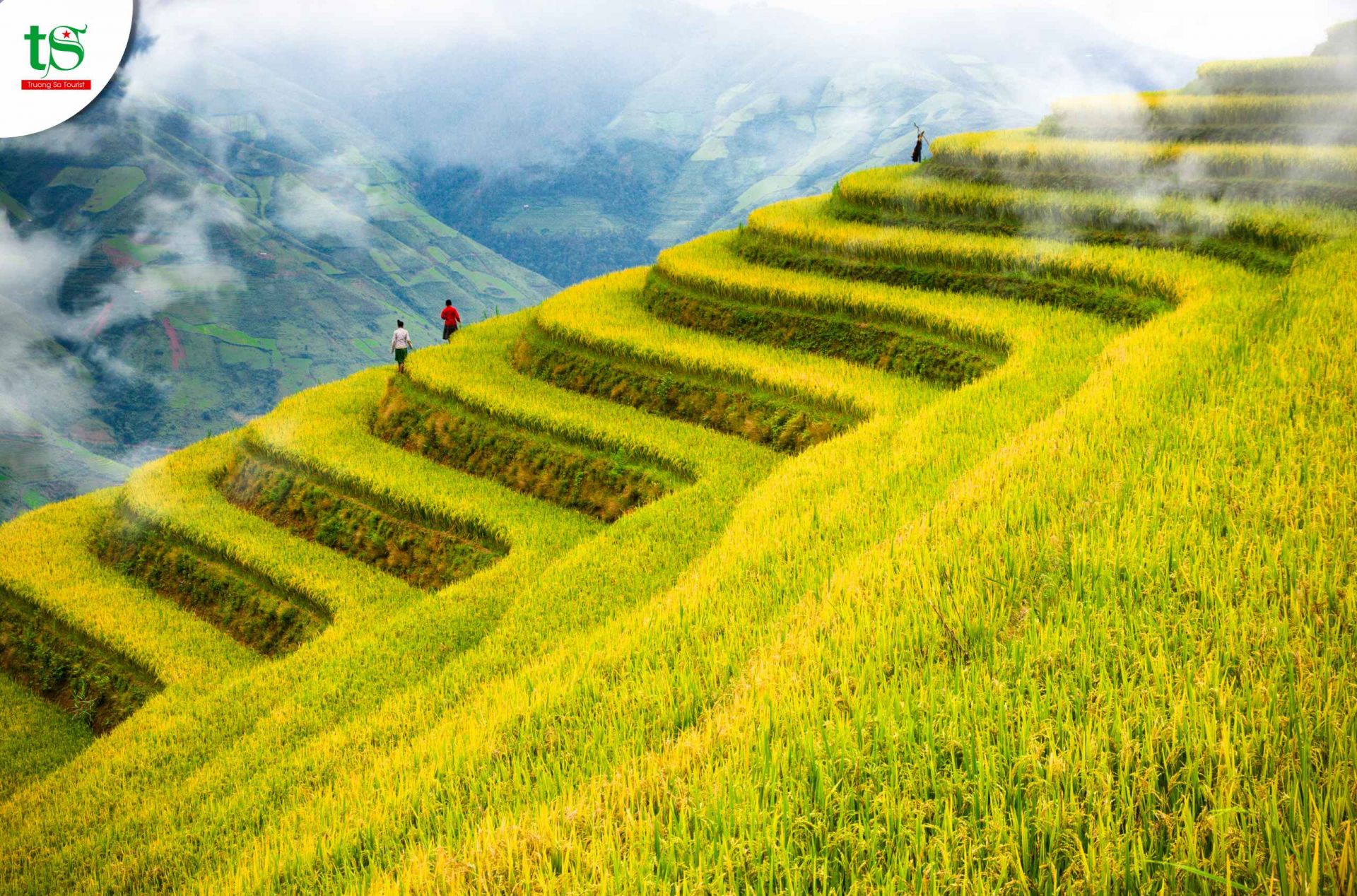
>>Vietnam Odyssey: 10-Day North to South Cultural Discovery
3. Best Time to Visit Central Vietnam
Central Vietnam is famous for its long sandy beaches, clear waters, world heritage sites, and poetic scenery—making it an ideal destination year-round. Here’s when to go for beach relaxation, cultural exploration, or culinary delights.
Dry season (Mar–Aug): The best time for beach activities, cultural heritage tours, nature exploration, and relaxation. Beaches like My Khe (Da Nang), Cua Dai (Hoi An), and Nhat Le (Quang Binh) shine under golden sunlight.
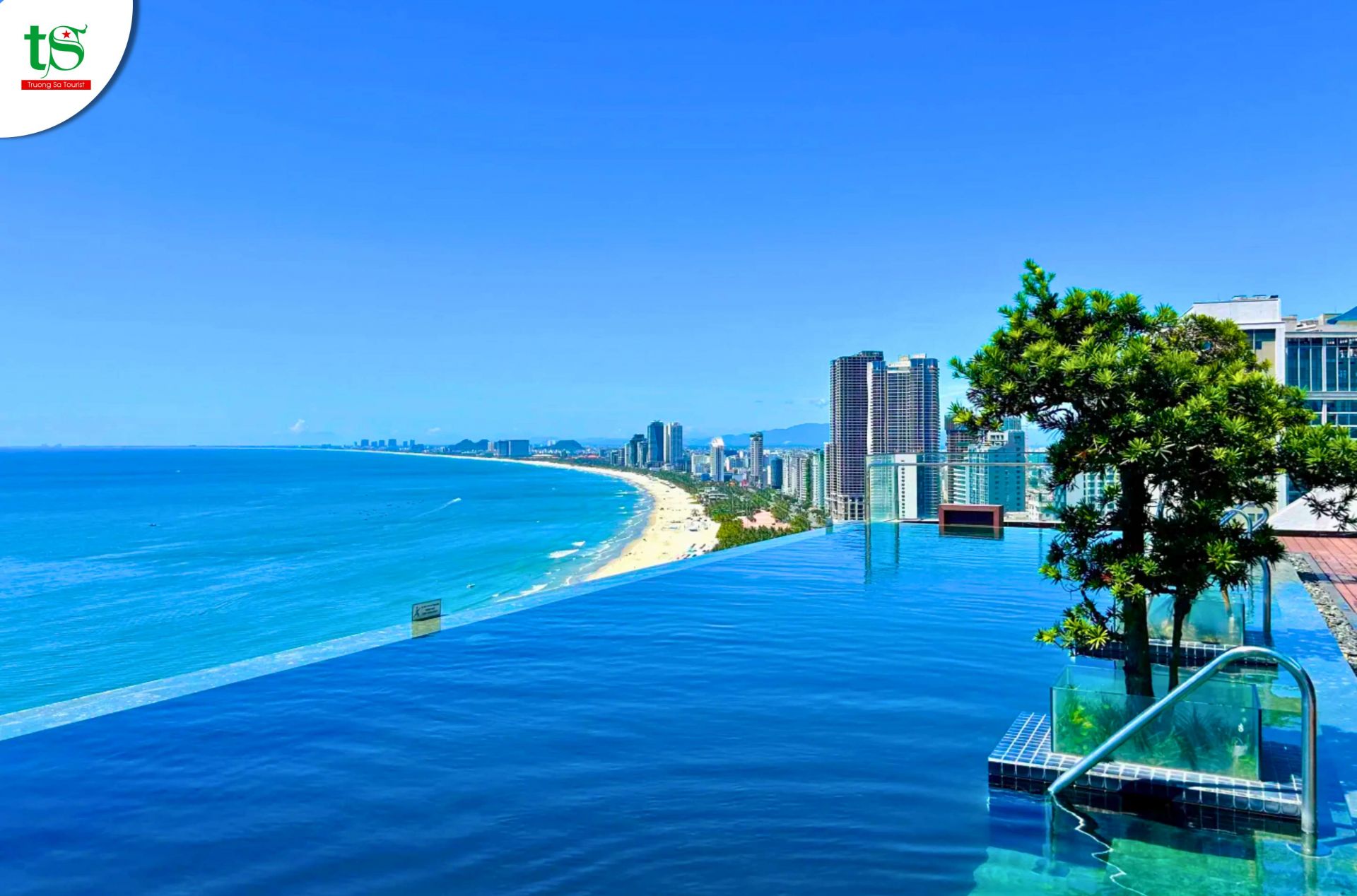
Rainy season (Sep–Feb next year): Sudden showers occur, but this can be a peaceful time. Destinations like Hue and Hoi An become more tranquil and atmospheric.
Month-by-Month Highlights:
- March–May: Most popular—sunny and comfortable weather
- June–August: Peak summer—bright and vibrant
- September–November: Rain begins, but still some sunny days
- December–February: Pleasant weather, especially in South Central areas like Nha Trang, Phu Yen, and Quy Nhon. You can also experience traditional Tet celebrations in local villages.
4. Best Time to Visit Southern Vietnam
If you’re planning to explore Southern Vietnam's natural beauty, culture, and warmth, you need to know the climate patterns well.
Southern Vietnam features a tropical humid climate with steady annual temperatures between 25–35 °C, and two main seasons: rainy and dry.
Best time to visit: November to April. This dry, sunny period is perfect for exploring Ho Chi Minh City, Can Tho, Phu Quoc, Vung Tau, and the Mekong Delta. It’s also the festival and tropical fruit season—outdoor activities, golden sunshine, and lots of fun!
Avoid: July and August—temperatures can reach 31–33 °C (unless you enjoy intense summer heat).
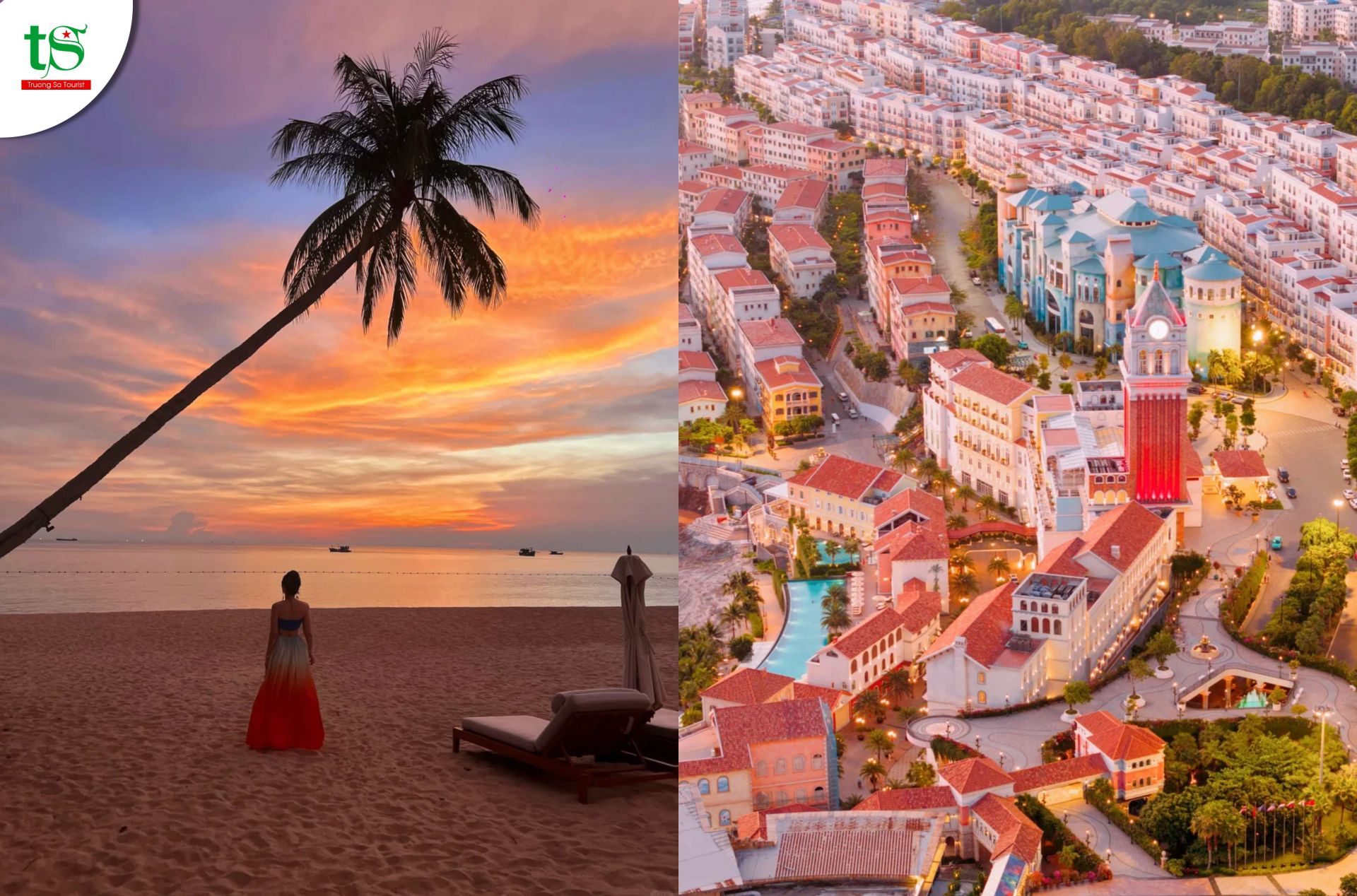
>>15 Days explore Viet Nam, North - Central - South
5. Vietnam Travel Tips by Season
With extensive experience in organizing full-package tours across Vietnam, Truong Sa Tourist shares practical tips based on the season.
Dry season (Nov–Apr)
- Bring sunscreen and light jackets (especially for the North)
- Book services early—it’s the peak season
Rainy season (May–Oct)
- Prepare raincoats, umbrellas, and waterproof bags
- Enjoy lower travel costs and fewer tourists
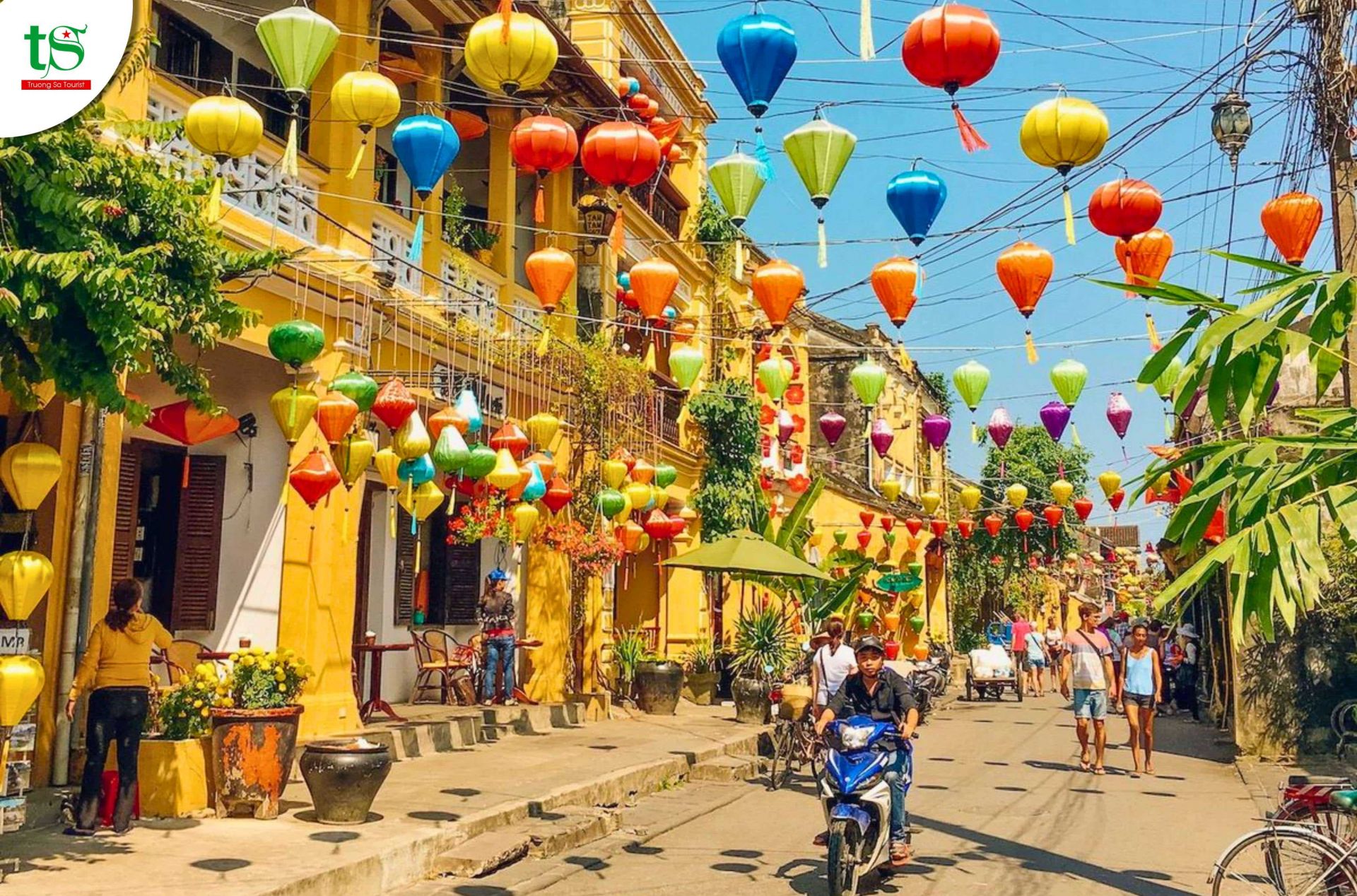
When should you not visit Vietnam?
→ September–November in Central Vietnam due to typhoon season, which can disrupt travel plans.
Best time for beach holidays in Vietnam?
→May to August, with Central Vietnam being the ideal region.
Is it okay to travel in the rainy season?
→Yes, depending on your personal preference. The rainy season offers its own charm—but stay flexible and prepare backup plans.
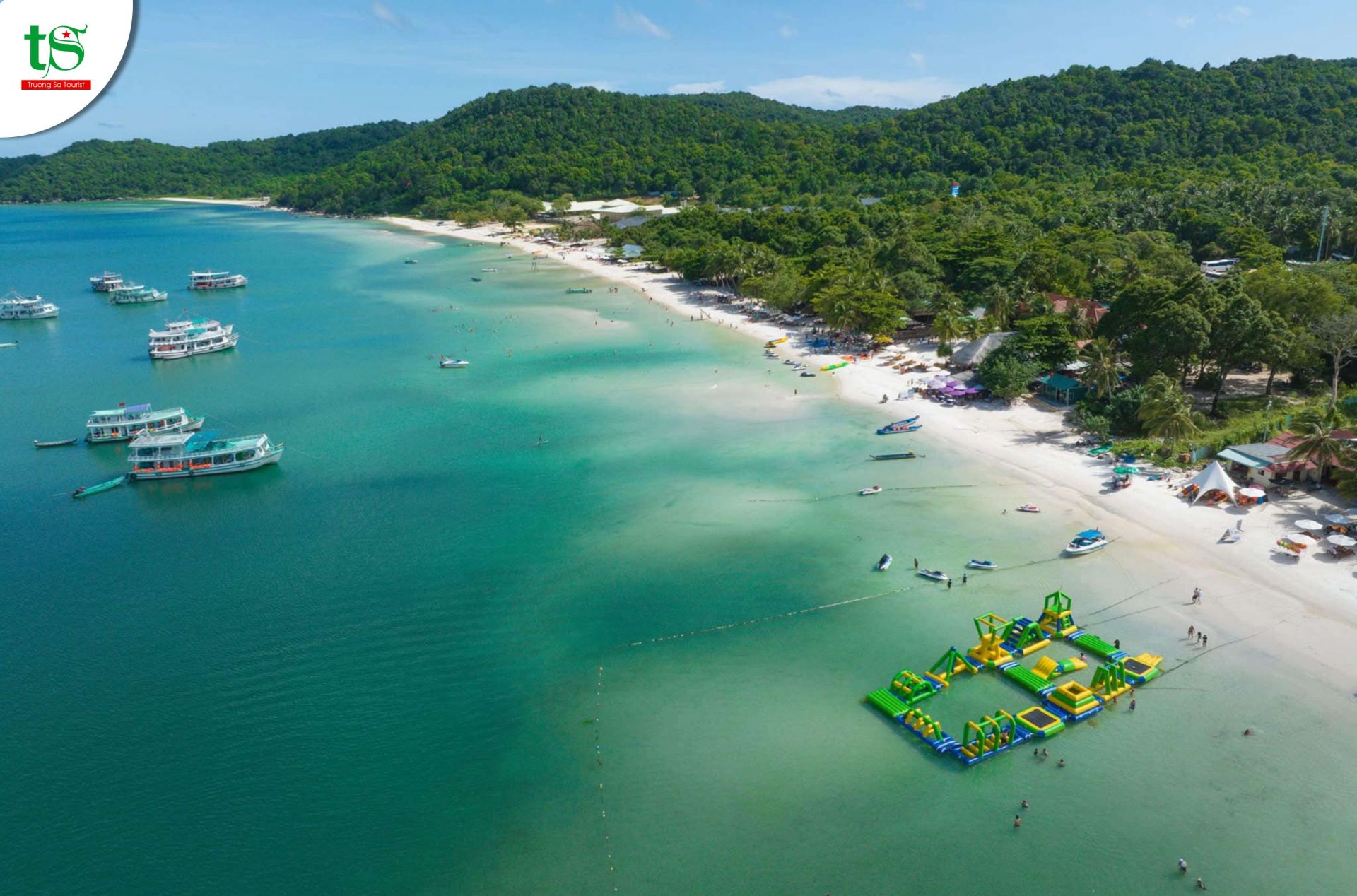
Can’t miss festivals:
- Lunar New Year (Tet) – Late January or early February
- Hue Festival – Usually in March or June yearly
- Da Nang International Fireworks Festival – Happening every summer
- Mid-Autumn Festival – September (lunar calendar)
Vietnam can be visited year-round—but the key is choosing the right time to match your travel style. Need help planning your detailed Vietnam trip? Contact Truong Sa Tourist now for free consultation, personalized itineraries, and exciting local offers!
-
 Hoi An Traditional Craft Villages: Must-Go Experiences You Shouldn’t Miss
Hoi An Traditional Craft Villages: Must-Go Experiences You Shouldn’t Miss
-
 The Most Interesting Things to Do in Da Nang on Rainy Days – Latest Update 2025
The Most Interesting Things to Do in Da Nang on Rainy Days – Latest Update 2025
-
 10 Reasons Why Vietnam Is a Favorite Destination for Foreign Travelers
10 Reasons Why Vietnam Is a Favorite Destination for Foreign Travelers
-
 Top 10 Things to Do in Ha Long Bay, Vietnam (2025 Update)
Top 10 Things to Do in Ha Long Bay, Vietnam (2025 Update)
-
 The most beautiful destinations in Vietnam in November and December
The most beautiful destinations in Vietnam in November and December




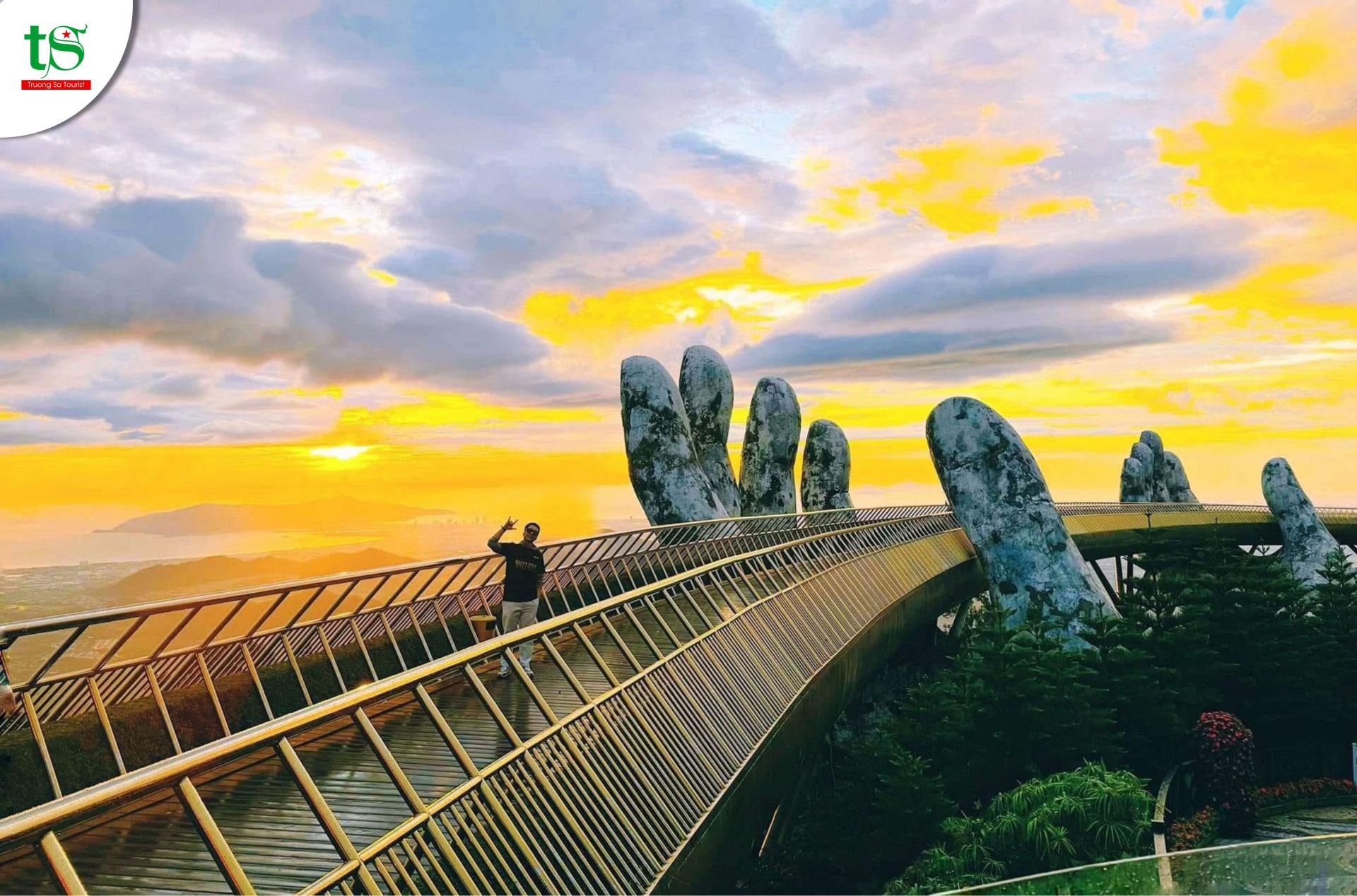


 info@truongsatourist.net
info@truongsatourist.net



